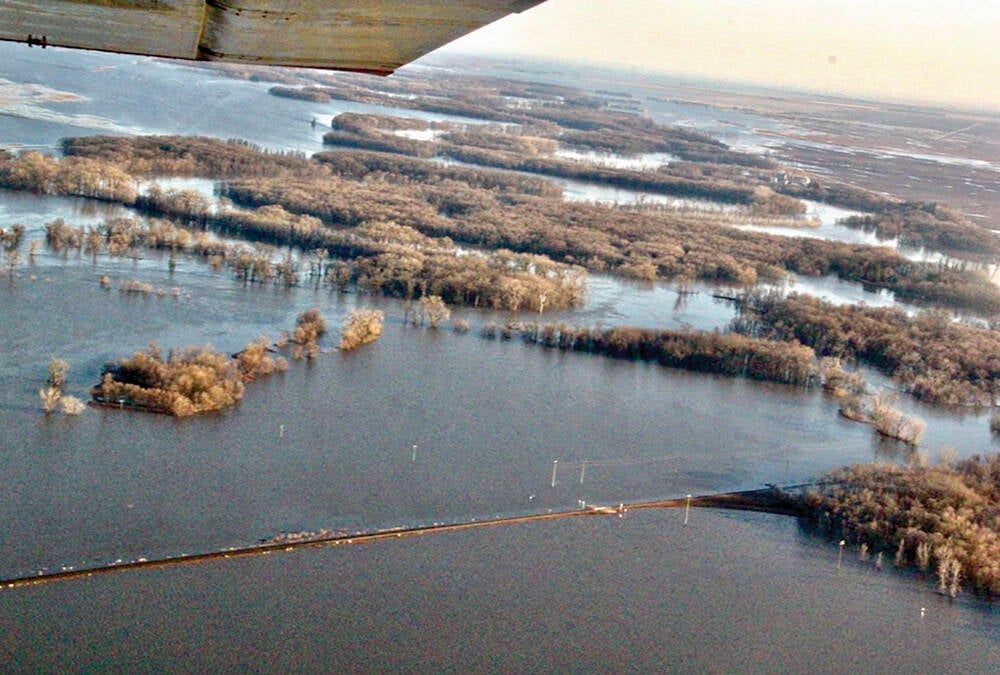Not all shelters are created equal when it comes to leafcutter bees.
A recent Manitoba Agriculture study that looked inside three types of shelters in 2000 and 2001 found that temperatures inside plastic dome shelters were consistently hotter than in wooden four-by-eight-foot structures and tarped structures.
The study, which was supported by the Manitoba Forage Seed Producers Association, measured temperature and humidity inside 14 shelters during the pollination season, and the death rate of the developing bee broods inside the shelters.
“If you’re using these shelters and experiencing the really, really hot temperatures, you may want to add more ventilation,” concluded Manitoba Agriculture extension apiarist Rheal Lafreniere.
Read Also

Rural Manitoba resources slim on natural disaster planning
A study from Brandon University’s Rural Development Institute has found that many rural and small municipalities don’t have the staff or resources to make formal climate plans against natural disaster.
Too hot
Temperatures in the domes edged above 40 C on some days during the study. Ideally, the temperatures should hover in the high 20s and low 30s, Lafreniere said. Moderate humidity is also desired.
During the study, there was a 13.6 percent death rate among the bee larvae in the blue poly domes, while death rates in the wooden and tarped structures was 4.3 and 6.8 percent respectively.
Lafreniere said adding vent holes and enlarging the opening at the tops of the domes improve air circulation and keep temperature and humidity down.
He said there is no need to shy away from the plastic domes, and noted they have advantages. The warmer temperatures inside the domes can benefit the bees on cooler days when they need more warmth.
As a followup to the study, work is being done to learn the causes of bee deaths. Lafreniere said researchers want to learn whether there are large differences in bee disease levels between the three types of shelters.
In Manitoba, leafcutter bees pollinate 40,000 acres of forages, mainly alfalfa that is grown for forage seed.
Each acre requires about 26,000 bees, which works out to more than a billion bees a year.














